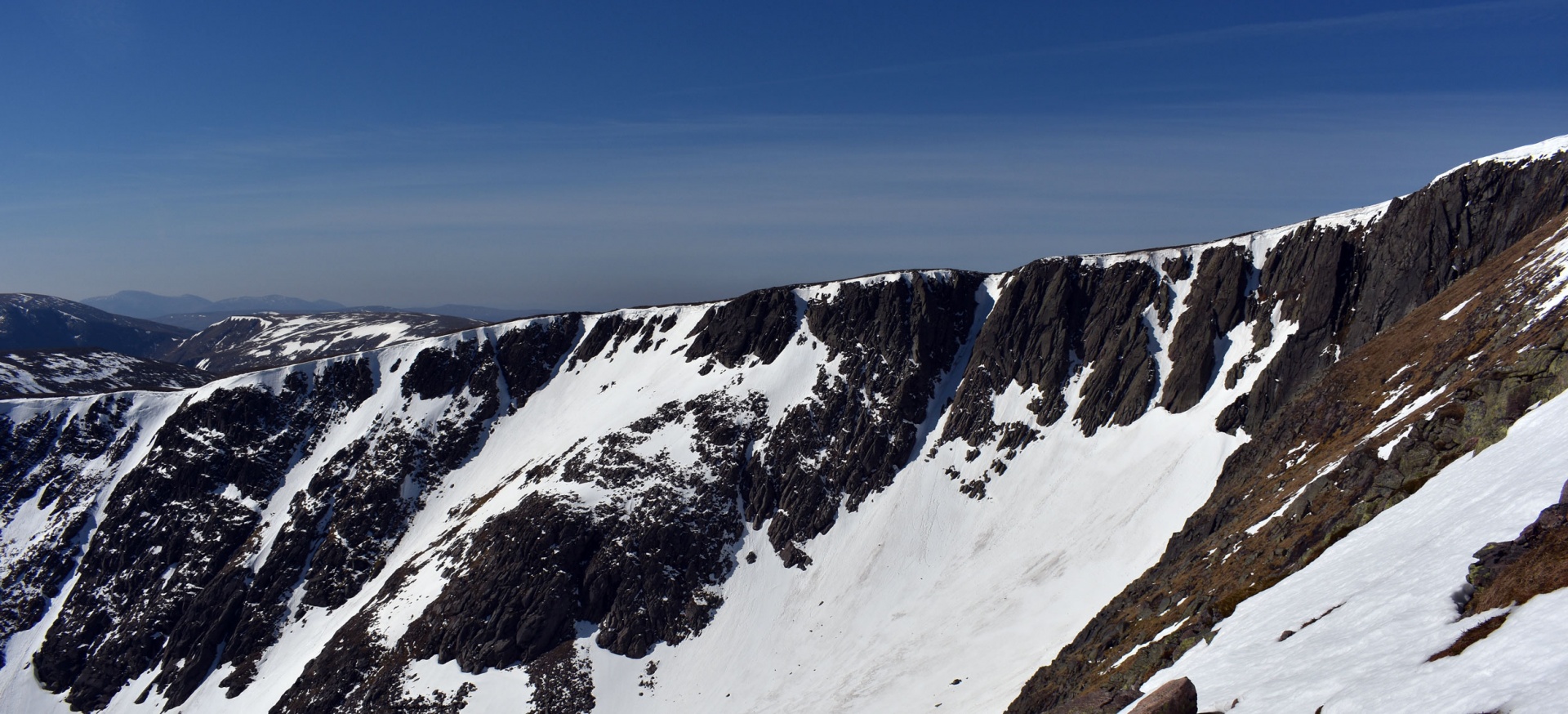

The U.K. is an insulated nation. This is true literally: our islands are surrounded by the sea and enveloped in the warm embrace of the ‘Gulf Stream’. But also metaphorically: our large economy and the vestiges of imperial power allow us to shield ourselves, providing a buffer against some of the harsher realities of our 21st century world.
Nowhere is this protection more evident than with the effects of global heating on our country. As temperate as they come, the British climate can absorb a slight increase in both temperature and meteorological variability better than almost anywhere else on earth. Unlike other nations, we are not being crippled by droughts, or wildfires. We have no glaciers to melt, and half our island is still – thanks to isostasy – rebounding out of the ocean faster than sea levels are rising. Undoubtedly, we will endure an increase in heavy rain events and violent winter storms. But, for the most part, the effects of climate breakdown on this country are subtle and, for some people, even perceived positively.
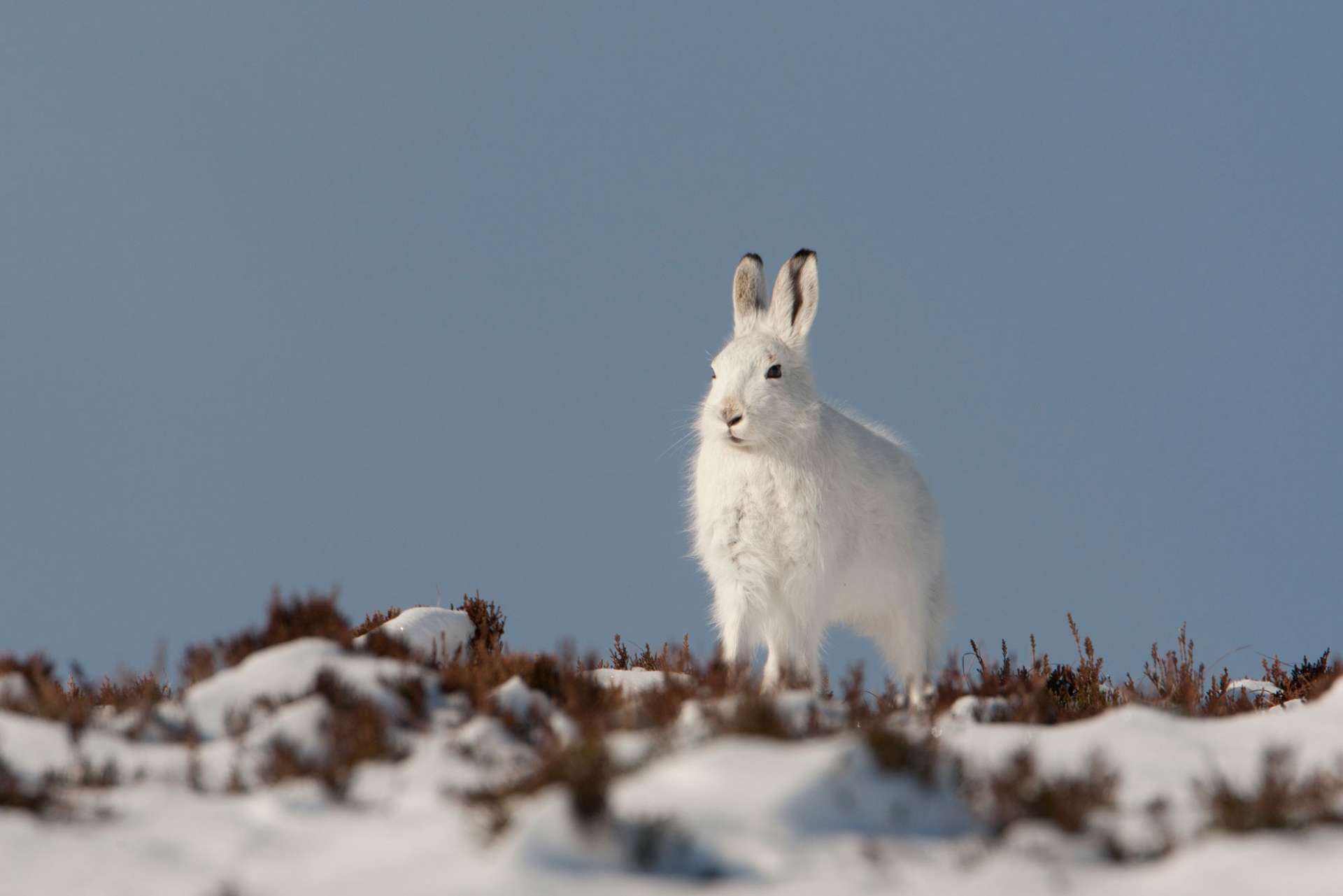
So what if we have a few more Mediterranean summers, a la 2018? Or a nice warm spell in February, again? No-one is dying from this heat. We still get the odd snow day each year. What’s not to like?
As with extinction and the loss of global biodiversity, it is sometimes hard to really see climate change as a problem for us in the U.K., at least currently. The climate problem is a far-off one. Both temporally and spatially it appears distant from our shores, and that can make it hard to engage with. Why should we stop flying, stop eating meat and cover our countryside with wind turbines? Surely, there is no need for such drastic measures, at least not yet?
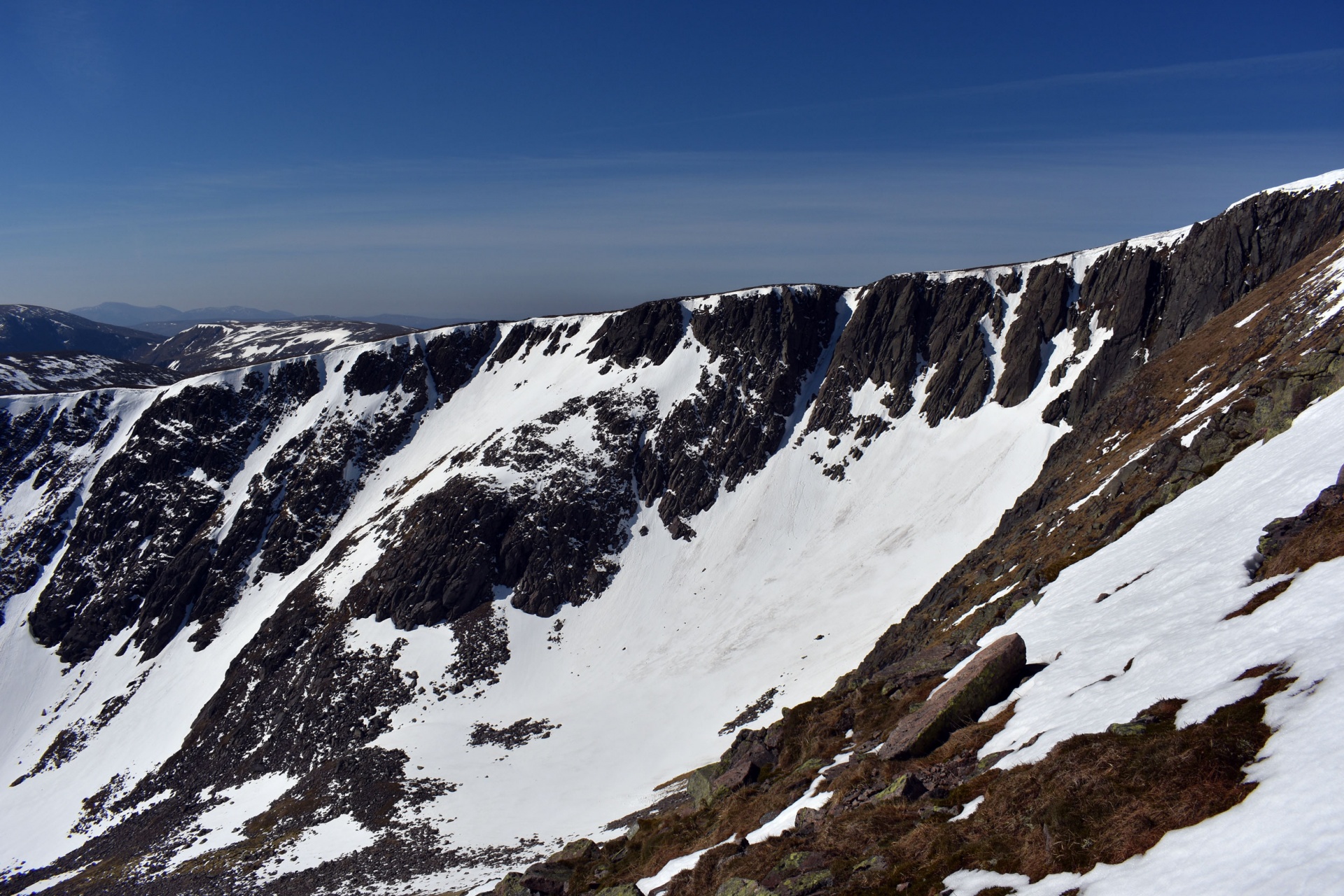
But in fact, our country does have a climate clock of its own, from which we might monitor the rate of change on these islands. It is highly irregular and known to almost no-one, but it ticks all the same. It’s found in one of the most remote and spectacular places in the U.K. – a super-corrie nestled on the shoulder of our third highest mountain, Braeriach[1]– and its name, rather enigmatically, is ‘The Sphinx’.
The Sphinx is a perennial patch of snow. It takes its name from the climbing route that ascends the ridge above it, one of many buttresses ringing the amphitheatre of Garbh Coire Mor – Scotland’s snowiest corrie.
[1] Braeriach comes from the Scottish Gaelic Am Bràigh Riabhach, which translates as ‘The Grey Upland’. It is pronounced ‘bray’-‘REE’-‘ach’, with the ‘ch’ as in the Scottish word ‘loch’
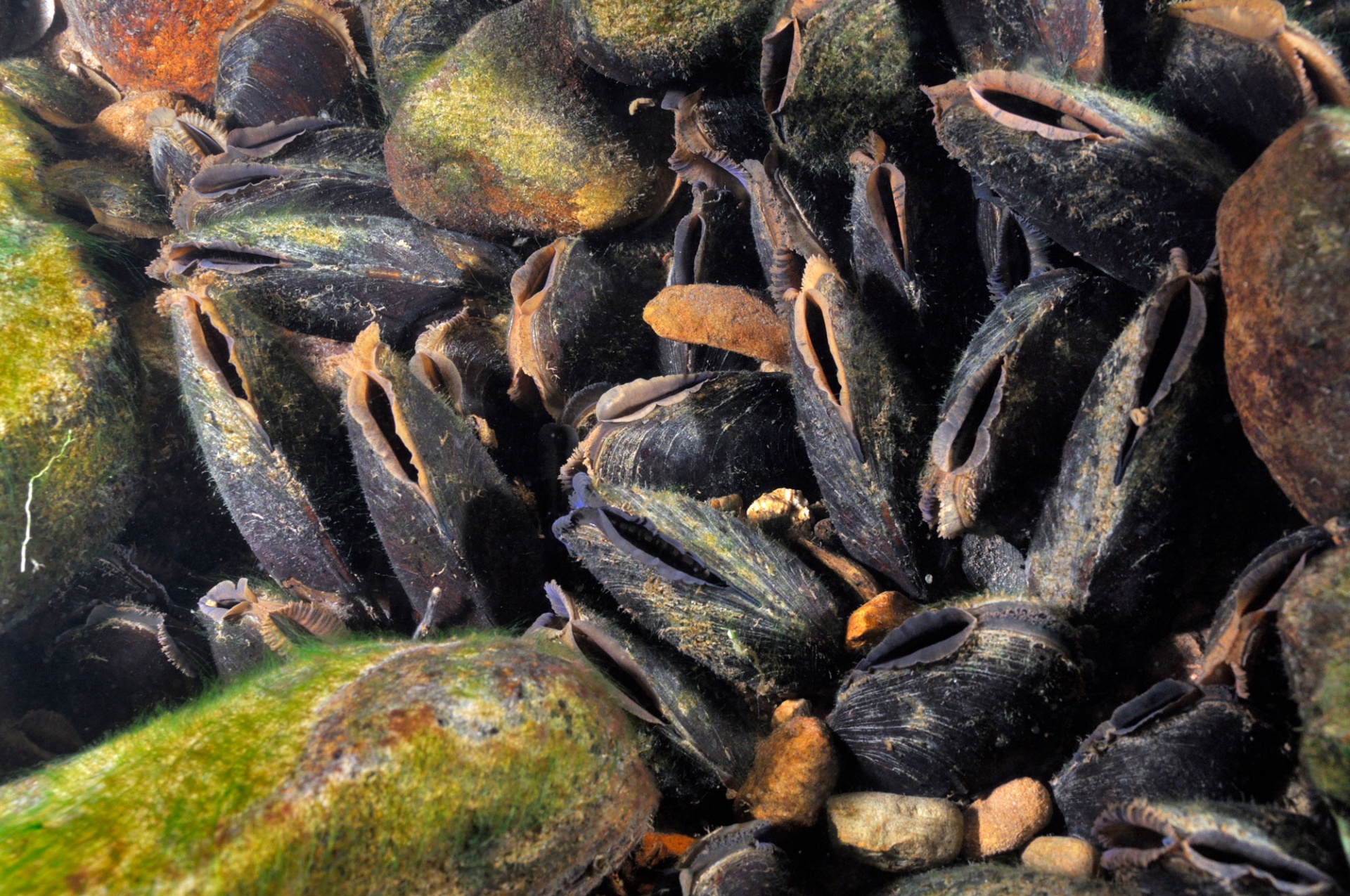
In winter, this high-altitude bowl fills with snow to an astonishing degree. Some Aprils – the time of year when snowpack depths in the Cairngorms peak – there can be snow lying more than 70-feet deep at the base of the Sphinx ridge. Little wonder some of it persists right through the summer, forming Britain’s most consistently perennial snowfields.
In years gone by, the permanence of Garbh Coire Mor’s snow patches could be relied on. The sun would rise in the east, winter storms would blow in from the west, and somewhere on Braeriach there would always be snow.
In 1912, the renowned Scottish naturalist Seton Gordon is recorded as saying that The Sphinx was “never known to wholly disappear” and, indeed, it wasn’t until 1933 that we have our first record of it melting entirely[2]. Only twice more in the 20th century was Garbh Coire Mor completely devoid of snow, in 1959 and 1996.
Now, in 2019, things look very different. The Sphinx melted fully in 2003, 2006, 2017 and 2018. We’re less than a fifth of the way through this century and yet, already, Braeriach’s snow patches have succumbed more times than they did during the previous hundred years. Perhaps more alarmingly, the last two summers’ complete thawing of the snow happened in consecutive years. Never before in recorded history has that occurred.
[2] Scotland’s Winter Mountains – M. Moran [1998]; p. 15
Going into this summer, I was convinced that The Sphinx would melt again. We had the warmest February on record in Scotland, with local experts declaring it the Highlands’ least snowy winter in 70 to 100 years. At the end of March, things were looking bleak for the lean snowpack clinging onto Braeriach’s upper reaches. But the fickle Scottish winter wasn’t quite finished with the high mountains and, during April, May and June, the snow in Garbh Coire Mor rallied considerably.
Despite this cool spell, I still think The Sphinx will disappear again this year. It lacks its normal multi-year core, a heart of hyper-resilient firn that often sees it through the final snowless weeks of autumn.
If it does thaw completely for the third year in a row then that will confirm we have breached a tipping point for Scotland’s perennial snows. From never melting completely in the 19th century, to disappearing just three times in the 20th, Braeriach’s snow is now odds on to vanish for the third time in three years; perennial no more.
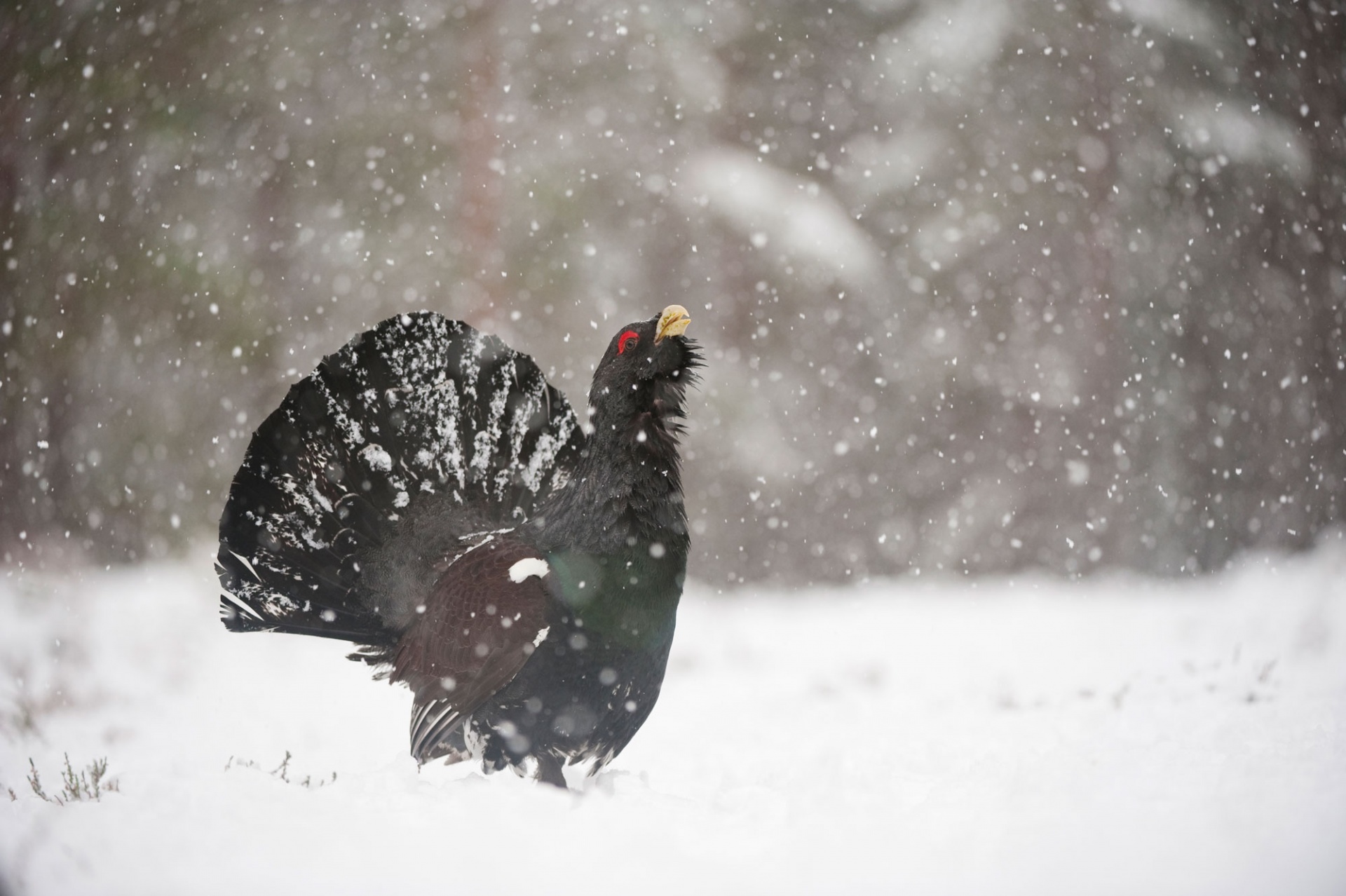
But still, who cares, right? No-one in the Cairngorms relies on summer snowfields for their water so what’s the problem, or even the significance, of The Sphinx’s demise?
Well, for starters, it is unequivocal evidence that climate breakdown is changing the U.K.’s environment, and that we are now experiencing conditions that are unprecedented in recent times.
As Scotland’s mountains lose their snow cover, the specific flora and fauna that have evolved to live in these periglacial habitats will be lost. Already, our alpine plants are in rapid retreat, with populations crashing as the climate warms and their ecological niche disappears from these islands. More charismatic species, too, like ptarmigan and dotterel – Britain’s relics from the ice age – stand to lose their footing in this country as well.
But the fall-out from climate heating won’t just be felt by our mountaintop fauna, every eco-zone will be affected.
Consider the Atlantic salmon, which breeds in Scotland’s rivers, migrating astonishing distances to return to its natal burn. Already, warmer water temperatures are threatening the breeding success of these fish. Partly, this is the result of centuries of deforestation eroding the Highlands’ riparian tree-cover, and reducing the shading of watercourses in the summer. But the river temperatures are also pegged back, at least during the first half of the year, by the snowmelt that feeds them. Lose the late-lying snowfields and the rivers lose their refrigeration.
Scotland accounts for 30% of Europe’s wild salmon production. A collapse in this species’ population will be devastating for both the ecology and the economy of the country.
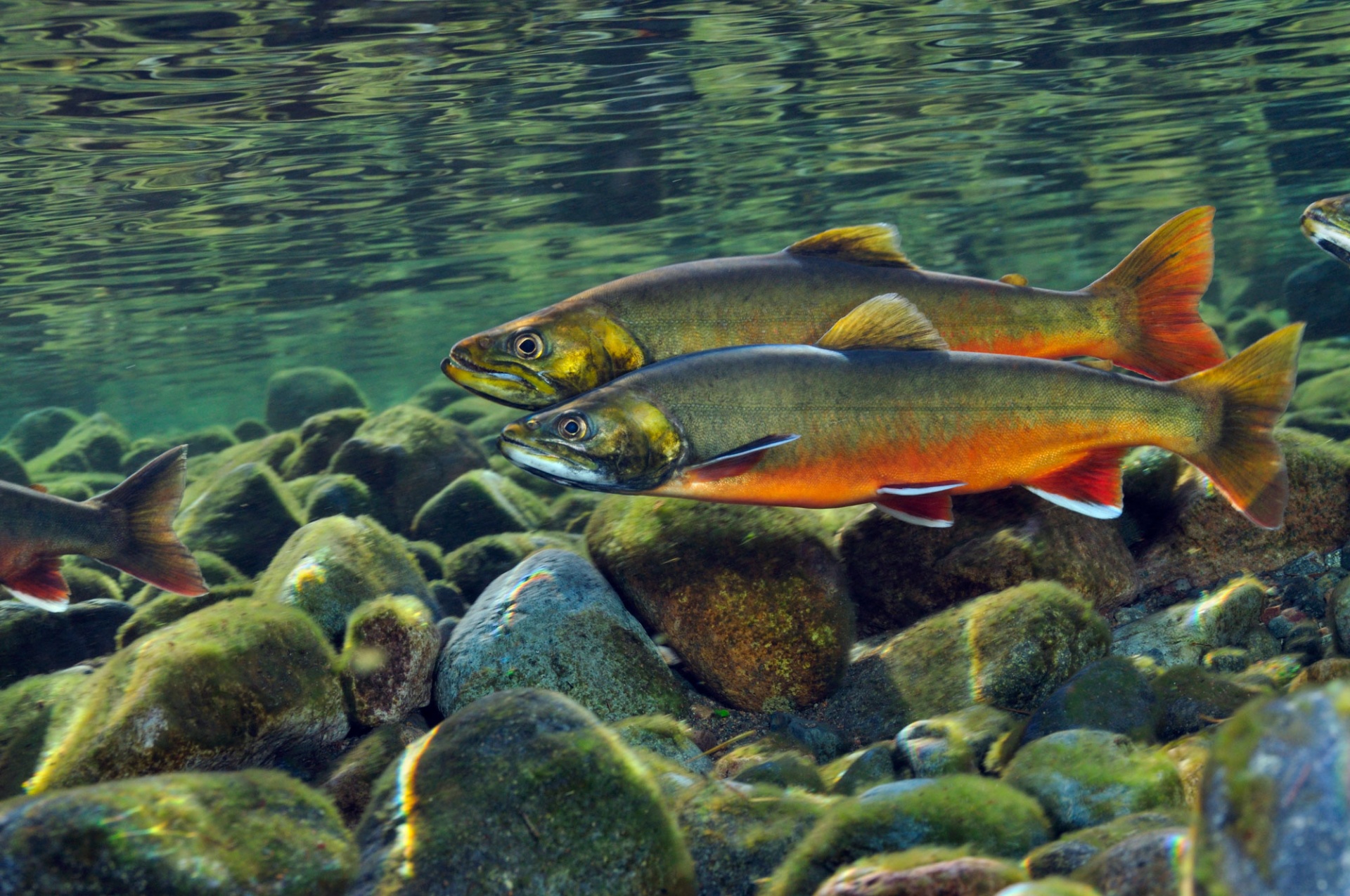
Another native fish, the brown trout, is also at risk from the warming climate. It is unable to feed when water temperatures exceed 20°C, with values above 27°C proving lethal if they are sustained. Likewise, arctic charr, freshwater pearl mussels and all the other psychrophilic biodiversity of the U.K.’s lakes and rivers stand to suffer. Local extirpations of these species will be a hammer-blow to our piscivores – birds like ospreys and goosanders, and mammals like otters – just like the climate-linked reduction in sandeels has devastated Britain’s’ seabird populations.

It doesn’t take long to see that the demise of Scotland’s snow patches is so much more than the niche interest of a few folk north of the border. It is the harbinger of a total unravelling of Britain’s ecological tapestry, one that we can observe and record in real-time but which we seem powerless to counteract.
For while noble initiatives are underway to artificially bolster populations of salmon in individual river systems and replant riparian woodland along the banks of several watercourses, none of these is a solution to the underlying problem. They are isolated treatments of the symptoms. Taking on the structural canker at the heart of the issue is a much bigger and more daunting task.
So how are we to combat climate change in this country, and give our natural world a fighting chance of adapting? The answer lies in scale and complexity.
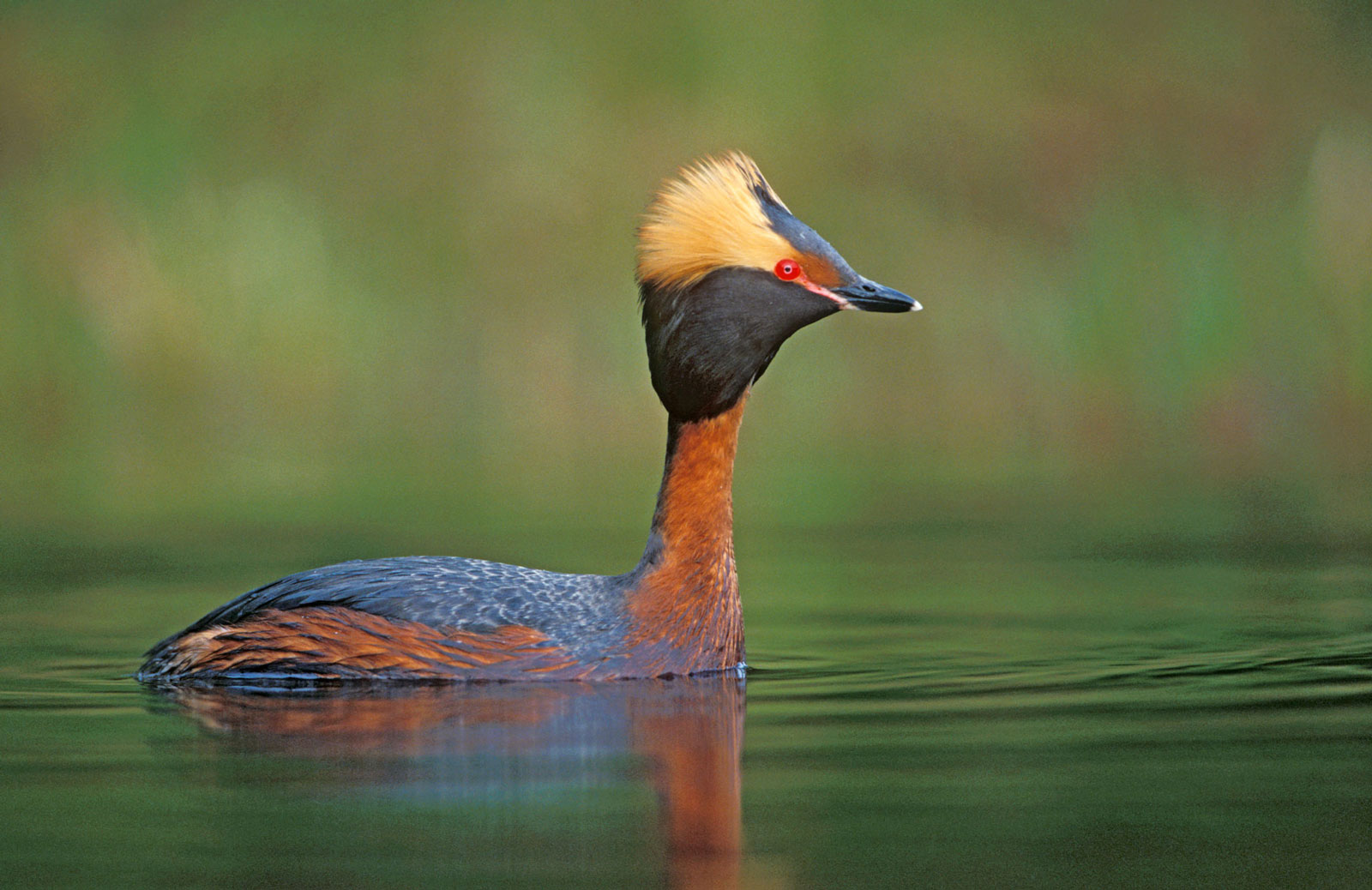
In Scotland, we need to restore large, connected tracts of native habitats like the Caledonian forest, Atlantic oakwoods, blanket bog and montane scrub. The fragmentation of these ecosystems, admittedly combined with other anthropogenic pressures like persecution, has already led to the Scottish wildcat being declared functionally extinct. The capercaillie, too, hangs on by a thread, only avoiding a second extinction in this country courtesy of its Speyside stronghold.
With large areas of intact habitat, populations of wildlife can grow, increasing the ecological complexity and genetic diversity available to help species adapt to a changing climate. This resilience is also predicated on there being space for their ranges to shift as temperatures warm. We need to make room for our Scots pine to climb the hillsides, colonising the deer-soaked upper glens and fire-scarred grouse moors that so fastidiously resist their presence at present. We need to give nature space.
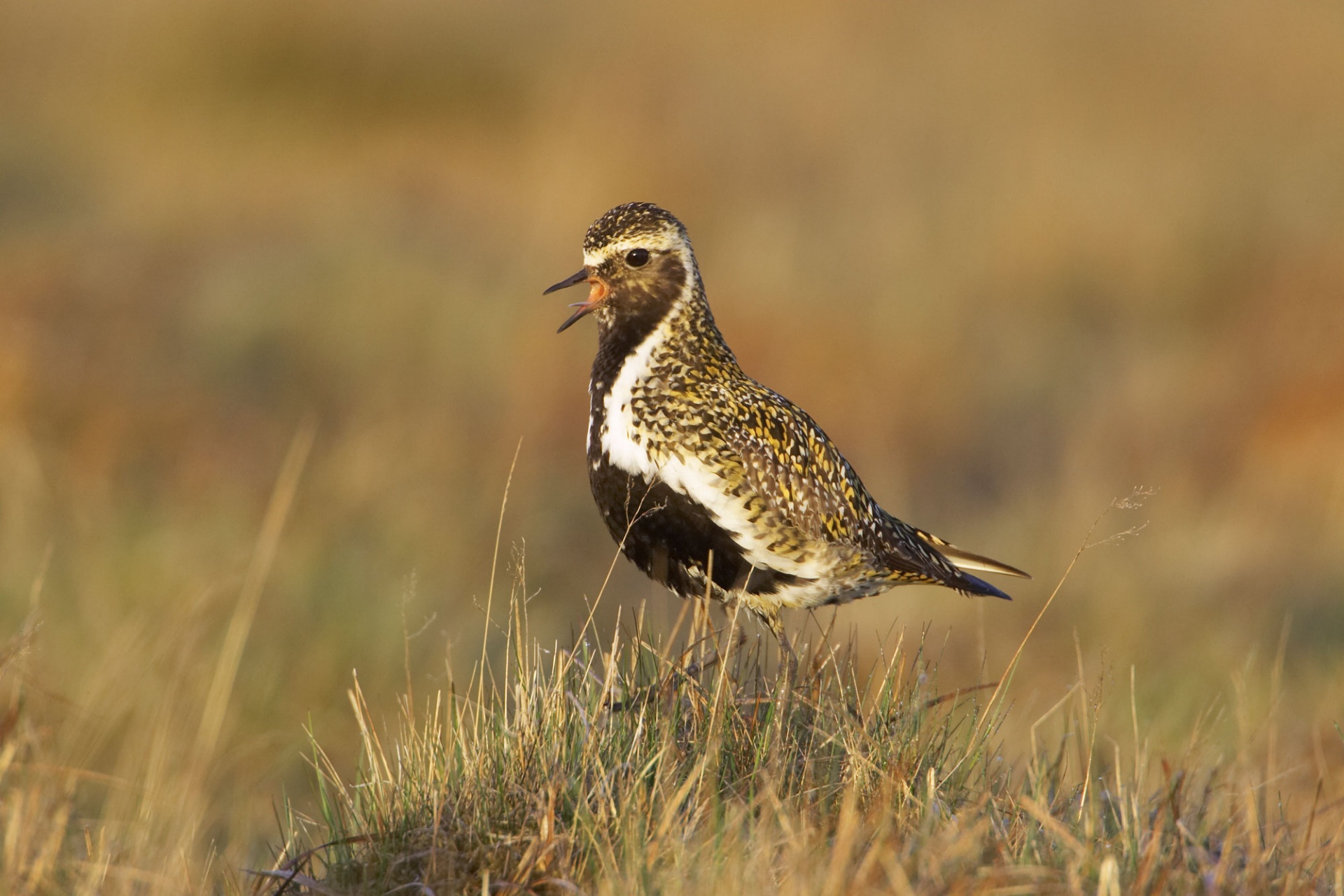
As well as giving our natural world room to breathe we need to recognise and prohibit those human activities that harm it. Our failure to do this in the past is the reason the U.K.’s only resident orca are doomed to extinction, poisoned by the excessive leakage of polychlorinated biphenyls (PCB) into the environment in the 20th century.
The drainage of peat bogs, the overgrazing of our hills by excessive numbers of deer, the unregulated burning of our moors every year – all of this needs to desist if we are to give our ecosystems a reasonable chance of coping with climate breakdown.
There is no excuse for not taking radical action anymore. The steady drip, drip of the thawing Sphinx shows us that time is running out. We need to prepare for the changes this century is already bringing. Emotionally it may be hard for us – change is never easy – but the reality is that the ecological truths we used to know and rely on are no longer applicable. Britain is not a country that harbours perennial snow anymore.
There’s a horrible irony to this realisation. Ever since Homo sapiens spread into the northern regions of our planet, winter has been his most-feared enemy. Our mythologies are littered with terrifying stories of a time when endless ice and snow would drive all life away from the harsh, boreal lands we call home.
For the Norse, an immense winter – Fimbulwinter – would preface the very ending of the world: a time of brutal cold and dark before the war to end all wars began. This obsession lives on today. One only has to see the success of Game of Thrones to know that ‘The Night King’ and his endless, lifeless winter captivates our imaginations as much as it ever did.
And yet, the depressing reality is that it will be a lack of cold, the melting of snow and ice and the steady demise of winter that upends our world. As The Sphinx thaws, it does so alongside our planet’s sea ice, and the permafrost of the Arctic tundra. These frozen worlds are more than just habitats: they are our safeguards.
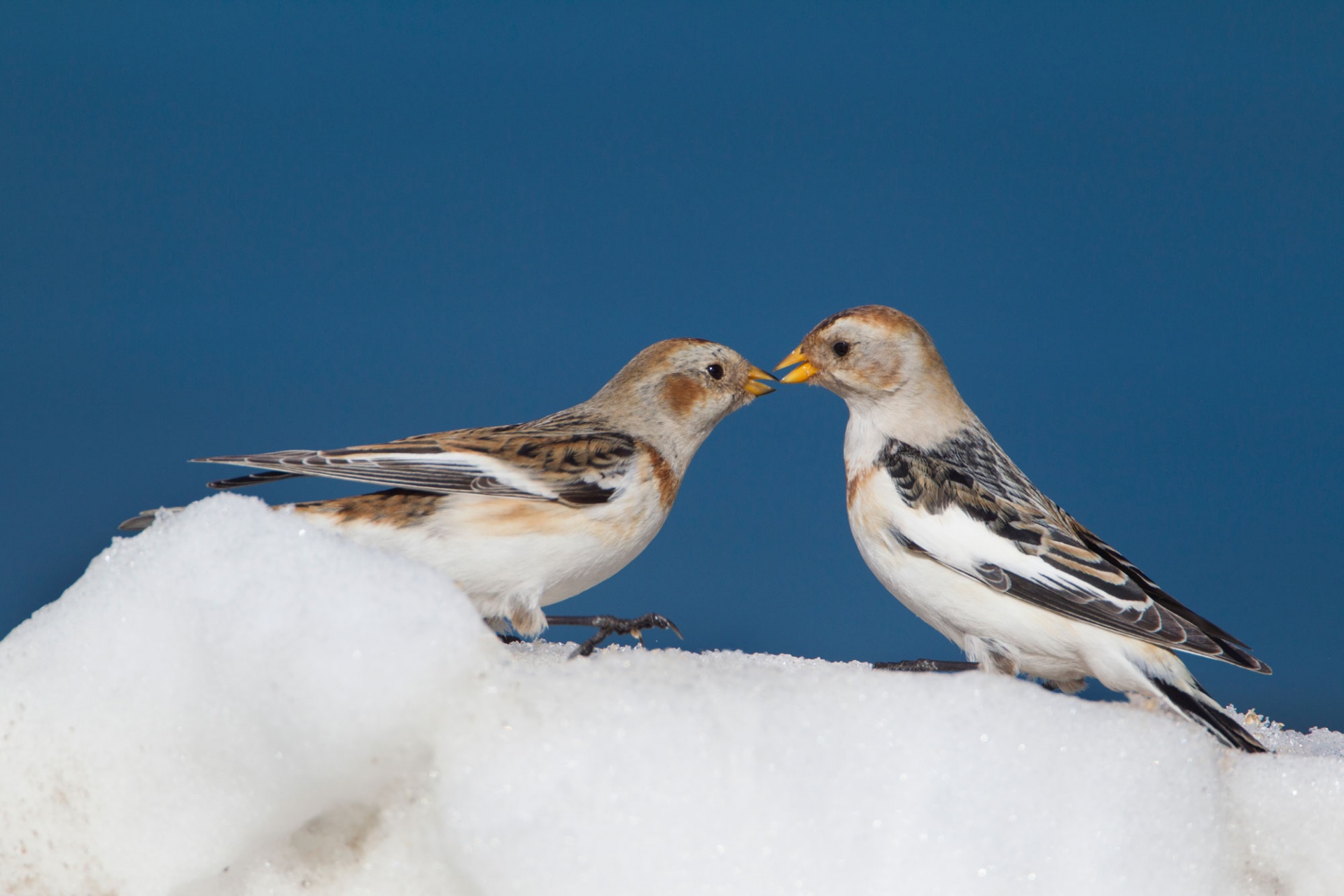
If they disappear, they will likely send the planet spiralling inexorably towards its next stable-state, a world that is 4 or 5°C warmer than present. The suffering this would cause, to both human and non-human life on Earth, would be unimaginable.
So it is incumbent on all of us to take an interest in The Sphinx, and its frozen allies around the globe. These far-flung pieces of snow and ice may feel more distant and removed from our daily lives than ever, but what they tell us about the world we are living in, and the way we live our lives, has never been more relevant.

Read more articles from our contributing authors and follow the project progress by signing up to the Under the Skin newsletter.